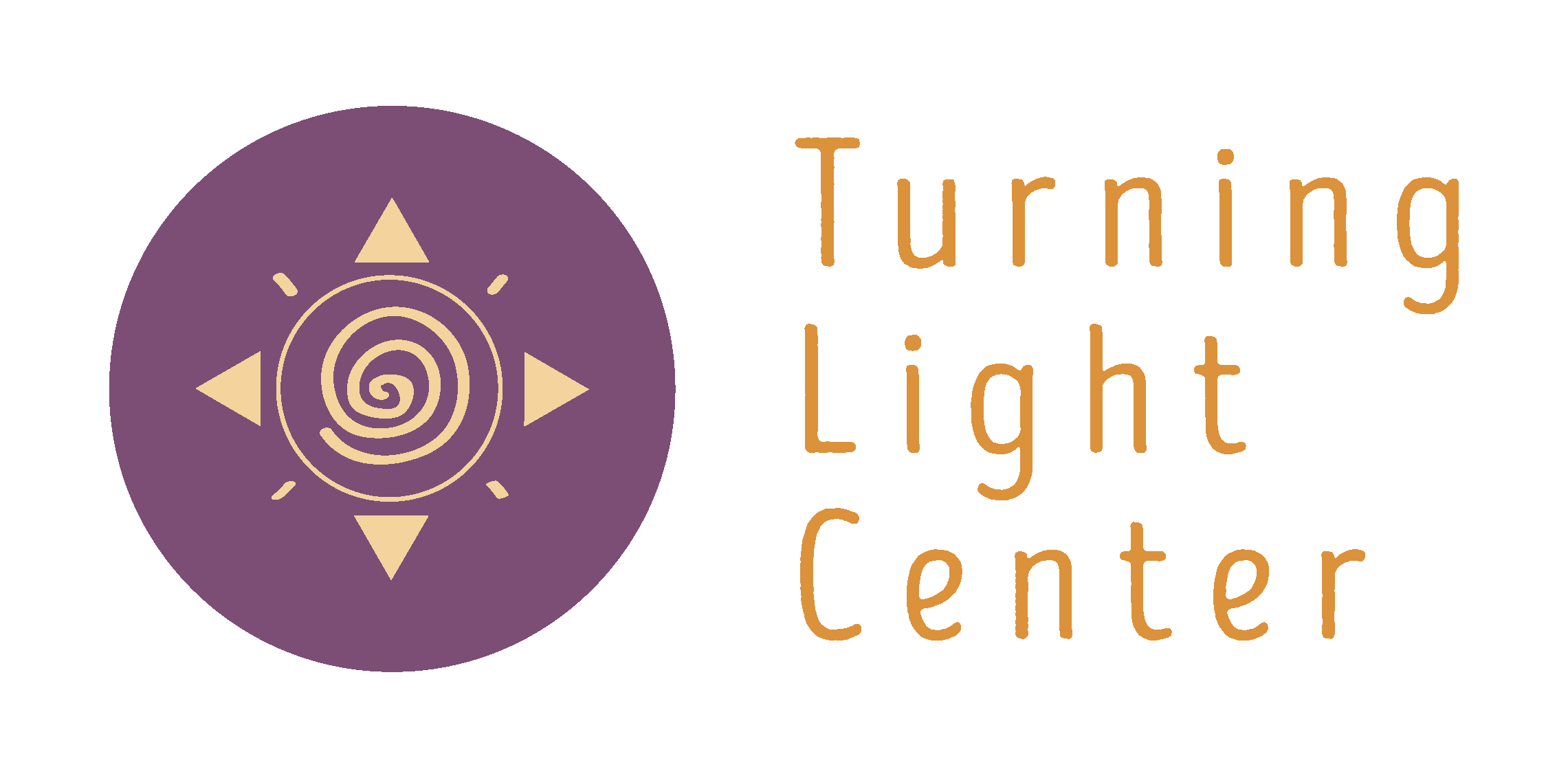Growing Ease - in body, mind, & soul
Extended Down Dog
Years ago I couldn’t understand how Downward Dog pose was the resting part of a Sun Salutation! Now, as I have built on a foundation of Ease, I get it! You can too!
(Photography courtesy of Sarah Walsh Lescault)
At TLC I am all about Ease. I spent the first 5 decades of my life exploring and living tension (often followed by collapse). The last 10 years I have been exploring and growing ease. If I am lucky, this will be another 5 decades. This is how slalom waterskiing at age 62 was easier than the last time I had skied at 50!
“Tension is not the same as engagement.
Ease is not the same as collapse.”
So what does Ease look like??
One essential quality of Ease is that I am stable: whether I am sitting, standing, walking, skiing, etc. I am breathing diaphragmatically in smooth easy breaths; I am not supporting myself with gripping or bracing anywhere in body or breath; I am not pushing for/searching for a “better version” of my stance/being/experience in the moment. From such a place of stability I am able to respond skillfully to whatever is presenting itself in my immediate path – whether that is a big hill, a protruding root, a new challenge for which I don’t yet have the skill set, etc.
From a place of stability, strength, growth and development can happen organically, without strain or excess tension.
Remember tension is not the same as engagement!
Here, tension is defined as gripping, bracing, “gritting one’s teeth,” straining. It is inefficient movement, inefficient use of my resources (muscles, breath, energy, etc.) Tension, in physics, is measured as net force; no tension is a system in equilibrium. So for simplicity, think about excess tension as tension more than what is required for the movement at hand, which is engagement.
“Experiment: Try this: stand up on both feet. How stable are you? Notice and try to relax your breathing. Now shift your weight to one leg, lifting the other (if you can). Now how stable do you feel? You will likely feel more “work” going on in the muscles of the single standing leg. How is your breathing compared to on 2 legs? Is your pelvis level? (A tipped pelvis is a compensation.) Can you be here on one leg with “10% less effort?” What are you noticing? You can try this on the other side – see if anything is different.”
To go from standing on 2 feet to just one foot (i.e. balancing) takes more engagement of some muscles. So what is excess? Some of you may have gripped in your neck and/or shoulders to “hold yourself up.” (Got chronic neck or shoulder tension??) Often people grip in their midsection to help keep them upright -which has the effect of restricting the movement of the diaphragm, which is a) extra effort b) lowers the levels of oxygen in our system and muscles (and is therefore unsustainable) and c) actually destabilizes us since a fluid diaphragm is part of our deep core. This is over-simplified, but hopefully you get the point! We might feel stronger by sucking in and holding our breath, but we create a lot of unnecessary strain – and what happens when we are wanting to gasp for air? We collapse from the balance! (or we compensate further by sucking in a short shallow chest breath – still not sustainable!) Feel free to go back and experiment again using your own body as a test!
People often come to me and want to build strength. They believe (and have been likely told) that the answer to their sore hip/knee/back/shoulder/neck etc is to “build strength.” As I assess their movement patterns, I see all sorts of instability and compensation patterns. (More about compensations in next newsletter!) That is, I see excess tension “holding them together.” To try to build strength on top of tension is like building a home on a crumbling foundation: it is not sustainable and can even be dangerous.
Recently a client, recovering from severe back strain, came in. She was really sore, restricted and discouraged. I asked what happened since last week?? She had gone to her Naturopath who told her she needed to “do strengthening.” So she went to her PT and told them that – so that’s what they did. (And she went back to work that week too, not a desk job!) This is a perfect (and sad) example of a sudden increase in load onto a structure not stable enough to handle it. She fell back into her compensatory movement patterns in order to “get’er done” and paid for it! She lost ground for a few weeks before gradually building back to where she had been.
Remember the old story of the tortoise vs the hare? “Slow and steady wins the race.” I have found this to be so true!
If we can dial back to where our movement is based on stability and ease, and then gradually add load and complexity, then strength naturally grows. (Load: think work or weight. Complexity: for example moving one leg bone in my hip while lying down – simple – or moving one leg in my hip while balancing on the other – more complex.) The case above also shows how “context matters:” returning to work, with more physical demands, was an increase in load by itself!
If you would like more information, there is a lot here on my website: Calendar, Modalities section or Newsletters. To work with me, fill out the contact form on the website, or give me a call! Classes are all on-line as are most Therapeutic Yoga private sessions (you will only need a few props, mostly household things, no yoga experience required). Bowenwork sessions are available in-studio. I would love to hear from you!

